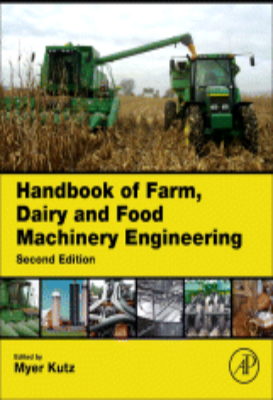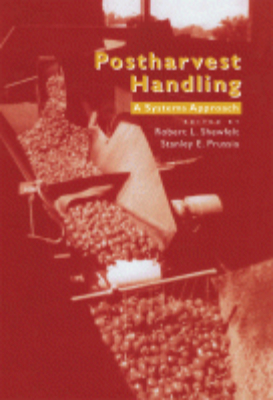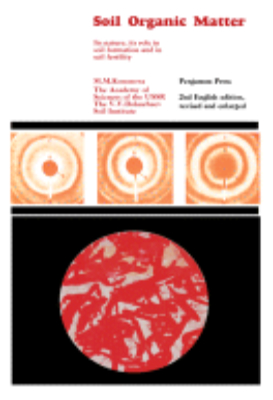Jubb, Kennedy & Palmer’s Pathology of Domestic Animals: Volume 2
“With an emphasis on the disease conditions of dogs, cats, horses, swine, cattle and small ruminants, Jubb, Kennedy, and Palmer’s Pathology of Domestic Animals, 6th Edition continues its long tradition of being the most comprehensive reference book on common domestic mammal pathology. Using a body systems approach, veterinary pathology experts provide overviews of general system characteristics, reactions to insult, and disease conditions that are broken down by type of infectious or toxic insult affecting the anatomical subdivisions of each body system. The sixth edition now boasts a new full-color design, including more than 2,000 high-resolution images of normal and abnormal organs, tissues, and cells. Updated content also includes evolved coverage of disease agents such as the Schmallenberg virus, porcine epidemic diarrhea virus, and the porcine deltacoronavirus; plus new information on molecular-based testing, including polymerase chain reaction (PCR) and in-situ hybridization, keep you abreast of the latest diagnostic capabilities. Key Features. Updated content includes new and evolving pathogens and diagnostic techniques.. Updated bibliographies give readers new entry points into the rapidly expanding literature on each subject.. NEW! High-resolution color images clearly depict the diagnostic features of hundreds of conditions.. NEW! Introduction to the Diagnostic Process chapter illustrates the whole animal perspective and details the approaches to systemic, multi-system, and polymicrobial disease.. NEW! Coverage of camelids is now included in the references widened scope of species.. NEW! Team of 30+ expert contributors offers the latest perspective on the continuum of issues in veterinary pathology.. NEW! Expanded resources on the companion website include a variety of helpful tools such as full reference lists with entries linked to abstracts in Pub Med and bonus web-only figures.. NEW! Full-color design improves the accessibility of the text.”
| Publication Language |
English |
|---|---|
| Publication Access Type |
Premium |
| Publication Author |
* |
| Publisher |
Elsevier |
| Publication Year |
* |
| Publication Type |
ebooks |
| ISBN/ISSN |
* |
| Publication Category |
Animal Science |
Kindly Login to ICAR Digital Library Portal.











